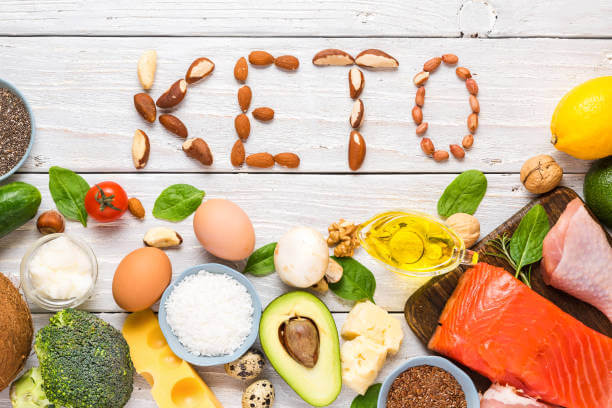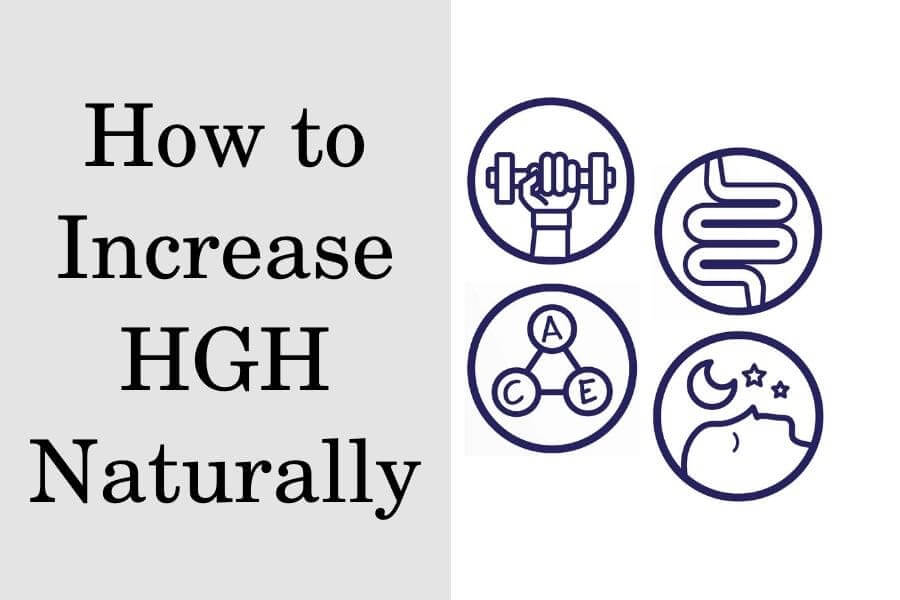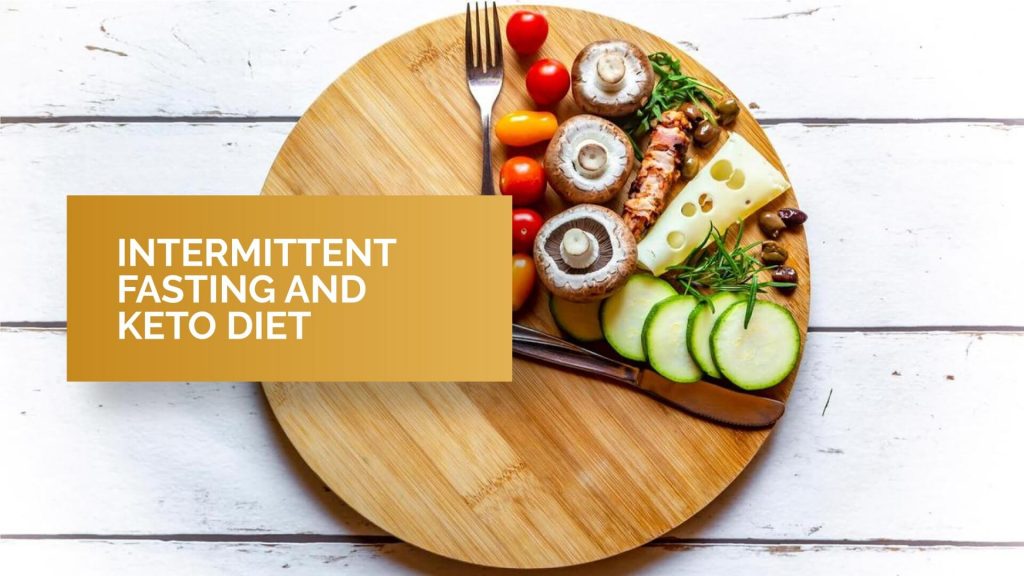Content Attributes
The ketogenic diet (simply known as the keto diet) is an extremely high fat, low-carb diet that is similar to other low-carb diets such as Paleo, South Beach, and Atkins diet.
The keto diet normally involves the drastic reduction of carbohydrates (carbs) intake while increasing the intake of fat. When your body is subjected to this reduction in carbs, it enters into a metabolic state known as ketosis.
Basically, ketosis is a state in which your body depends on fat for fuel rather than using carbs. This is because the reduction of consumption of carbohydrates limits the supply of glucose in the body, which is the dominant source of energy for the cells.
Tips on how to start keto nutrition

30% carbohydrate content in your diet
Limiting carbohydrates is the most effective way for your body to enter ketosis. Carb consumption should be limited to around 20 to 50 grams per day.
The following is a list of food rich in carbohydrates that should be limited:
- Sugary foods – candy, ice cream, cake, smoothies, soda
- Starches or grains – cereal, pasta, rice, wheat-based products
- Beans or legumes – chickpeas, lentils, kidney beans, peas
- Root vegetables – parsnips, carrots, sweet potatoes, potatoes
- Alcohol – mixed drinks, liquor, wine, beer
- Unhealthy fats – mayonnaise, processed vegetable oils
Eat salad instead of carbs
As you limit your carb intake on a keto diet, it is imperative to eat plenty of vegetables. This will enable your body to get all the required minerals and vitamins, as well as fiber. The vegetables should be non-starchy but rich in nutrients.
The following vegetables can be used to make great side dishes while on a keto diet:
- Cauliflower
- Broccoli
- Brussels sprouts
- Mushrooms
- Cucumber
- Celery
- Asparagus
Protein should predominate
When on a keto diet, you need to eat enough protein to enable the supply of amino acids to the liver. This enables glucose to be made for organs and cells, such as red blood cells and kidneys, which normally don’t rely on fatty acids or ketones as fuel.
A keto diet usually contains 20 to 30% of protein content. Failure to consume enough proteins may lead to loss of muscle mass. However, recent studies have shown that excessive intake of proteins while on a keto diet may inhibit ketosis.
Eat more fat in the first weeks
The main aim of a keto diet is to rely on fat as fuel for the body. Fat should comprise at least 60% of daily calorie intake. You need to consume a huge amount of fats since your body will not be relying on carbs to produce energy.
Since high levels of cholesterol have been associated with increased levels of animal fat in a diet, it is important to opt for plant-based fats and oils such as avocado oil and olive oil.
Additionally, you can incorporate fat-rich foods such as seeds, nuts, and avocado to boost your fat intake.
Use keto-desserts
Adapting to a keto diet is not an easy thing, especially as a beginner. It involves avoiding most sugary treats in order to limit carb consumption.
Luckily, there are numerous keto desserts you can use as a replacement for normal desserts. In addition to providing low carb intake, keto desserts also don’t use grain-based flours or processed sugars, which makes them a healthier option.
Keto desserts are also delicious and could alleviate any cravings you may develop for other sugary desserts.
How do maintain adequate growth hormone levels?

HGH therapy
Human growth hormone (HGH), which is also called growth hormone (GH) or somatotropin, is an important hormone released by your pituitary gland.
GH plays a vital role in growth, metabolism, cell repair, and body composition. Various research has found that muscle performance and muscle function can be increased through GH. Through anabolic effects, GH is also able to increase muscle mass and strength. HGH burn fat through lipolysis. Lipolysis is the process by which fatty acids are broken down in fat tissue. This ultimately leads to a loss of weight.
Lab-developed GH injections are the ones commonly used during growth hormone therapy. Doses may be given on a daily basis or several times per week depending on the severity of the deficiency.
GH injections should only be prescribed by a doctor and you also need to visit your doctor every month for check-ups. Blood tests are also carried out to determine whether the growth hormone treatments need to be halted, decreased, or increased.
Regular training
GH release is significantly stimulated through exercise. The level of increase mainly depends on your own body traits, food intake during a workout, intensity, and type of workout.
In a study done in 2015, results indicated that regular resistant exercise, like the use of bodybuilding machines and free weights, increased the secretion of GH.
Easy running in the morning
Given its numerous health benefits, doing more exercise is always a good idea. However, studies have shown that GH secretion may be inhibited by intense workouts.
For overall health, moderate exercise such as easy running is more beneficial. Particularly, easy running in the morning helps your body to recover before and after intense workouts.
Sleep enough
According to research, most of the GH is released when sleeping due to the influence of melatonin. The natural increase of GH levels in the body relies heavily on a regular sleep cycle.
Studies have also indicated sleep disturbances, especially sleep deprivation, are linked with an increased risk of insulin insensitivity, diabetes, and obesity. All these conditions may lower HGH levels.
Why you should use Intermittent Fasting with Keto-diet?

Intermittent fasting is the restriction of food intake for extended periods of time. Food is usually eaten during a certain time window, normally eight hours, before fasting for the rest 16 hours of the day. Every beginner’s guide to intermittent fasting agrees on the same point: Intermittent fasting is the restriction of food intake for extended periods of time. Food is usually eaten during a certain.
Similar to the keto diet, intermittent fasting also triggers the fat-burning process of ketosis. However, intermittent fasting doesn’t really specify the types of food to eat, unlike the keto diet which relies on heavy amounts of eggs and meat that might affect the heart.
Therefore, intermittent fasting is much a healthier option. The only downside to intermittent fasting with regards to weight loss is that the process might be slow.
Integrating intermittent fasting with the keto diet is an effective method to burn fat effectively while staying healthier.
Conclusion
A ketogenic diet and intermittent fasting are vital for the body when entering the metabolic state of ketosis. The Keto diet involves fatty food, such as meat and fish, which could be burnt effectively through intermittent fasting.
The combination of two would help you burn belly fat while keeping your body healthy. Before embarking on any intended diet plan, it is important to discuss it with a dietician, doctor, or trusted healthcare provider.